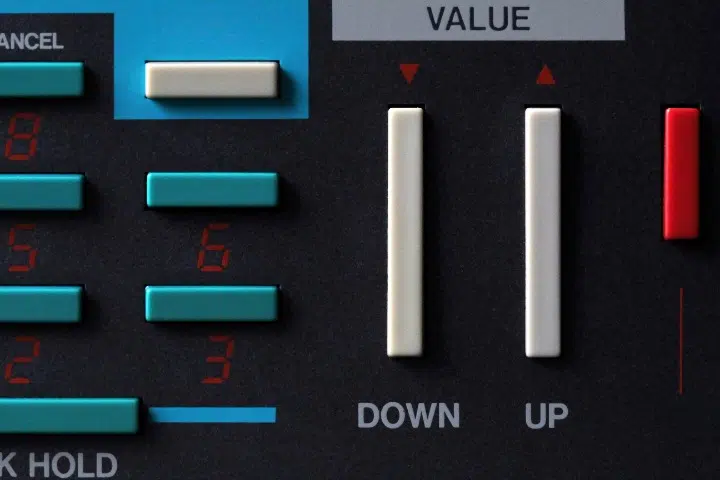In my last blog I discussed Contribution Margin: Company revenues minus variable expenses. It’s the money left over to pay operating expenses. Once those operating expenses are deducted, what remains is Earnings before Interest, Taxes, Depreciation and Amortization (EBITDA). This critical profitability measure is a barometer used by investors when valuing a business.
You can use it to do the same.
I won’t spend time describing how to increase EBITDA by cutting expenses; the internet is awash with expense reduction strategies. These range from process automation (payroll, HR, accounting . . .) to using efficiency promoting CRM platforms (like Salesforce, Hubspot . . .), to hybrid work/desk-sharing, and more. Whatever you do, I recommend creating new forecasts in QuickBooks (or equivalent) as the best way to see the impacts of possible changes.
EBITDA is a great starting point for determining the value of a business. It’s a profitability metric that removes the cost of debt capital, income tax, non-cash expenses, and extraordinary items. In essence, EBITDA is a cash flow proxy, adjusted for capital structure and tax jurisdiction.
A business can be valued as a multiple of its EBITDA. How are those multiples derived? At the most basic level, they are determined by the multiples paid in the sales of comparable businesses. As when buying or selling a house, the value of “comparables” plays a large role. Industry comparables. Of course, these basic multiples are then adjusted for a number of other factors including: Stage/size of business, competitive advantages, employee turnover, Intellectual property, sales concentration, management team strength, expansion/new product opportunities, market risk . . .
EBITDA multiples vary greatly by industry and company size. A small pharmaceutical firm with an exciting new product will justify a higher EBITDA multiple than, say, a mature, though larger financial services firm.
One of WWLC’s clients, a small medical instrumentation firm, sold in 2022 for 16x EBITDA (before earn outs). Not bad. Of course, that EBITDA as calculated by the buyer was less than the EBITDA on my client’s books. The buyer adjusted for discontinued products, unrecognized warranty expenses, and below market management salaries. Normal due diligence/negotiation. If you are planning to sell your business, having well prepared financial statements and accounting records is absolutely critical. WWLC can help.
Still interested in estimating the value of your company? This link provides a very useful industry listing, one that shows EBITDA multiples adjusted for sales revenues differences and employee turnover. Can’t find your particular business? This more generic list may help.
Next week I’ll look into the difference between EBIT and EBITDA. In the meantime, feel free to contact me here.






